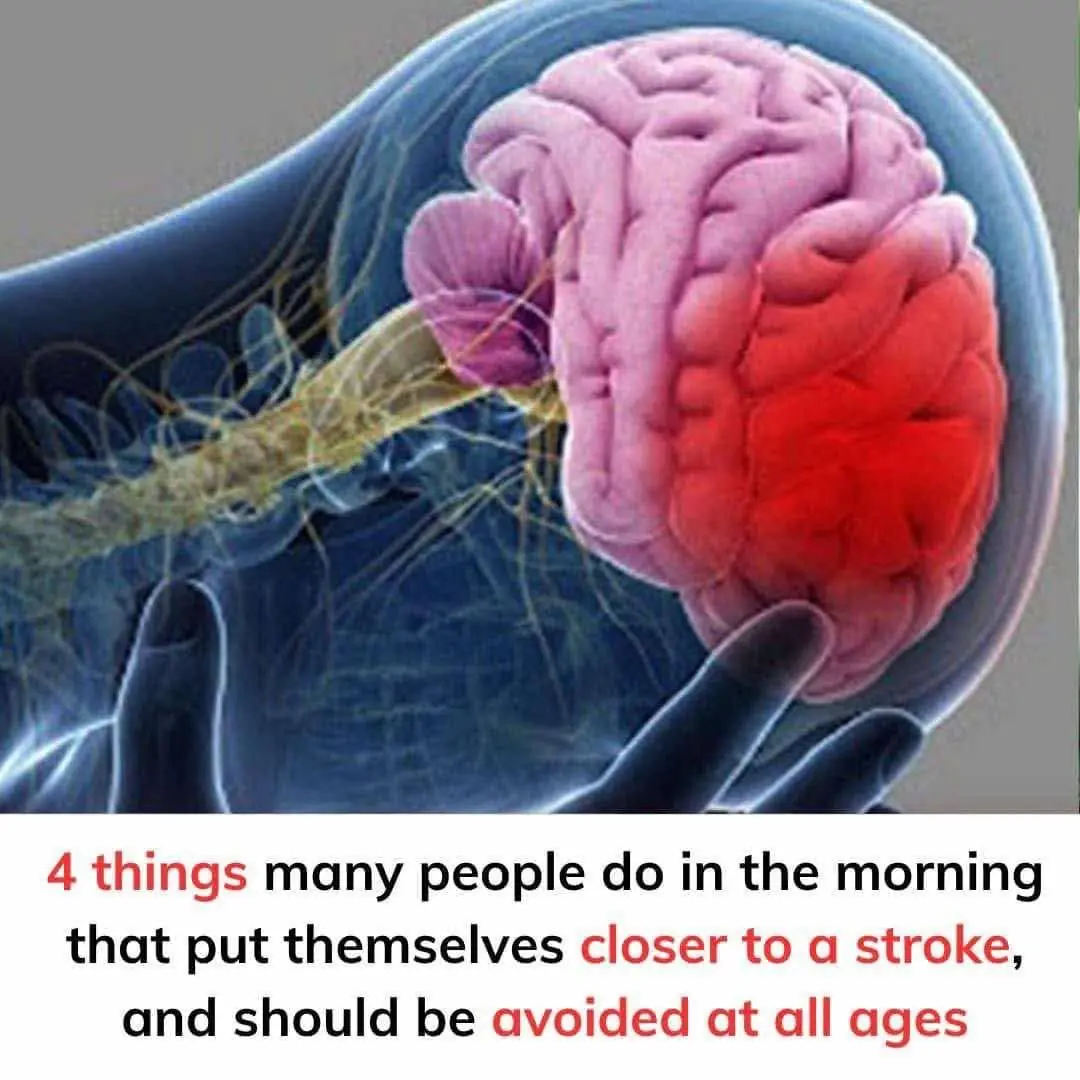
8 Signs You Might Be Affected by Lactose Intolerance
Recognizing the Common Signs of Lactose Intolerance—and How to Manage Them
Have you ever felt uneasy after enjoying your favorite scoop of ice cream or indulging in a creamy latte? You’re not alone. Lactose intolerance affects approximately 65% of the global population, making it one of the most widespread digestive conditions. Recognizing the signs early can help you take control of your health and continue enjoying food—without the discomfort.
What Is Lactose Intolerance?
Lactose intolerance occurs when your body doesn't produce enough lactase, the enzyme needed to break down lactose, a sugar found in dairy products. When lactose isn’t properly digested, it passes into the colon, where it’s fermented by bacteria—causing a variety of unpleasant symptoms.
Let’s break down the most common signs of lactose intolerance and how to manage them effectively.
1. Diarrhea
One of the most immediate and noticeable symptoms of lactose intolerance is diarrhea. Undigested lactose draws water into the colon, leading to loose or watery stools. This reaction usually happens within 30 minutes to two hours after consuming dairy and may be accompanied by urgency and abdominal discomfort. Frequent episodes can also contribute to dehydration if not managed properly.
2. Constipation
Though it might seem contradictory, constipation can also be a symptom of lactose intolerance—especially in individuals whose gut reacts by slowing down rather than speeding up. The fermentation of lactose can produce methane gas, which may slow intestinal movement, leading to hard stools and infrequent bowel movements. Constipation may be mild but can become persistent if dairy remains a regular part of the diet.
3. Bloating
Bloating is a common and uncomfortable symptom. As undigested lactose ferments in the colon, gas is produced, causing the abdomen to feel full, tight, or swollen. For many, this can be more than a physical issue—it can also lead to self-consciousness and disrupt daily activities, especially after meals.
4. Gas and Flatulence
Excessive gas is another classic sign. The fermentation process releases a mix of gases like hydrogen, carbon dioxide, and methane, leading to belching, flatulence, and loud stomach gurgles. While not dangerous, it can be socially awkward and uncomfortable—especially in public or professional settings.
5. Stomach Pain and Cramping
Abdominal pain or cramps often accompany gas and bloating. This discomfort is caused by the pressure of gas and fluid stretching the walls of the intestines. Pain is typically felt in the lower abdomen and can vary from a dull ache to sharp, cramping sensations that interfere with concentration and sleep.
6. Nausea and Vomiting
Some people with lactose intolerance experience nausea shortly after consuming dairy. In more severe cases, this can escalate to vomiting, as the body tries to expel what it cannot digest. This symptom can be particularly distressing and is a strong signal that dairy may not be agreeing with your system.
7. Headaches or Migraines
Although less well-known, headaches and migraines can sometimes follow the consumption of dairy. While researchers are still exploring this link, some believe that the stress and discomfort caused by digestive issues may act as a trigger for those who are migraine-prone. Others suspect a possible connection with inflammatory responses or changes in gut-brain signaling.
8. Fatigue
Feeling drained or sluggish after eating dairy might not just be in your head. Digestive discomfort uses up energy and can disrupt sleep, especially if symptoms flare up at night. Over time, this can contribute to chronic fatigue, particularly if lactose intolerance remains undiagnosed and unmanaged.
9. Skin Issues (Bonus Sign)
Emerging research and anecdotal evidence suggest that some people may experience skin reactions, like acne or eczema flare-ups, related to dairy sensitivity. While not universally accepted as a symptom of lactose intolerance, some individuals notice improvement in skin health after cutting out dairy—indicating a possible link worth exploring with a healthcare provider.
Managing Lactose Intolerance
If you’re experiencing any of these symptoms regularly after consuming dairy, it might be time to consult a healthcare professional. A simple hydrogen breath test or elimination diet can help confirm lactose intolerance.
Management Tips:
-
Limit or avoid dairy: Choose plant-based alternatives like almond, oat, soy, or coconut milk.
-
Use lactase supplements: These can help break down lactose when taken before meals.
-
Look for lactose-free products: Many cheeses, yogurts, and even ice creams now come in lactose-free versions.
-
Monitor your diet: Keep a food diary to track symptoms and identify your tolerance level.
Final Thoughts
Lactose intolerance can feel overwhelming, especially if you’ve grown up loving milk, cheese, and all things creamy. But with greater awareness and smarter choices, it’s absolutely possible to manage the condition and maintain a healthy, balanced diet—without sacrificing flavor or comfort.
If you suspect you're lactose intolerant, don’t wait. Taking proactive steps today can lead to a more comfortable, energetic tomorrow.
News in the same category


Scientists Have Discovered An Alarming Rise in Advanced Prostate Cancer in California

How to Safely Remove Milia

Natural Methods to Destroy Bloating and Heartburn-Causing Bacteria in Your Gut

Doctor warns of the worrying symptoms that mean common disorder could actually be bowel cancer

15 Early Signs Your Body is Fighting Cancer

common morning habits that may increase your risk of stroke

New COVID Wave Surges — Health Officials Sound Alarm As Cases Double

How to Improve Your Vision Naturally with One Simple Ingredient: Saffron

How to STOP Cravings FAST Without Dieting! (The Natural Ozempic?)

Doctors make disturbing discovery in the brains of heavy alcohol drinkers that 'can cause long-term effects'

World-first sperm race is happening soon and the creators have revealed how it will work

Scientists Grow First Fully Formed Tooth In Lab — A Groundbreaking Breakthrough

New COVID Wave Surges — Health Officials Sound Alarm As Cases Double

10 Things That Men May Find Unattractive About Women Over 50

Understanding Diabetes: Types, Symptoms, Risks, and How to Manage It

Doctors Highlight A Rare Cancer Symptom That Can Appear On Your Toenails

Stroke Warning Signs: When Your Body Sends a Silent SOS

Understanding Cholesterol: The Good, the Bad, and How to Keep It in Check
News Post

My Husband Took His Female Colleague to My Inherited Lake House for 'Business Trips' — But He Had No Idea I’d Already Installed Cameras

MIL Billed Me $3,360 for Babysitting Her Own Grandson — Here's How I Settled the Score

I Was Forced to Pay Rent to My Future MIL Just to Stay in Her House and Keep My Relationship Alive

Our Sassy Neighbor Threw a Party in Our Backyard, Demanding We Stay at Home, but We Had the Last Laugh

The Hidden Meaning Behind Wearing an Ankle Bracelet—Most People Have No Idea

My Husband Called Me Lazy for Wanting to Quit My Job While 7 Months Pregnant – So I Taught Him a Lesson He'll Never Forget

After Their Son's Death, This Elderly Couple Stopped Cooking & Spent 20 Years Sharing Meals with Neighbors — Until One Neighbor's Rejection Broke Their Hearts

Husband Gifted Me a Mop on Our 10th Anniversary as His Sister Laughed – Moments Later, Karma Restored My Faith in Goodness

AM I WRONG FOR BEING UPSET THAT MY 71-YEAR-OLD MOM, ELEANOR, SPENT HER MONEY ON TRAVELING INSTEAD OF HELPING ME, SOPHIA, WITH MY BILLS?

My Husband Bought First Class Tickets for Himself and His Mom Leaving Me and the Kids in Economy - My Lesson to Him Was Harsh

My MIL Thought I Was Not Beautiful Enough for Her Son, So I Entered a Beauty Contest to Win the Crown

Scientists Have Discovered An Alarming Rise in Advanced Prostate Cancer in California

How to Safely Remove Milia

Natural Methods to Destroy Bloating and Heartburn-Causing Bacteria in Your Gut

Doctor warns of the worrying symptoms that mean common disorder could actually be bowel cancer

15 Early Signs Your Body is Fighting Cancer

common morning habits that may increase your risk of stroke

New COVID Wave Surges — Health Officials Sound Alarm As Cases Double

Photographer of tragic little girl trapped in volcanic mudflow explains why he didn’t help her
